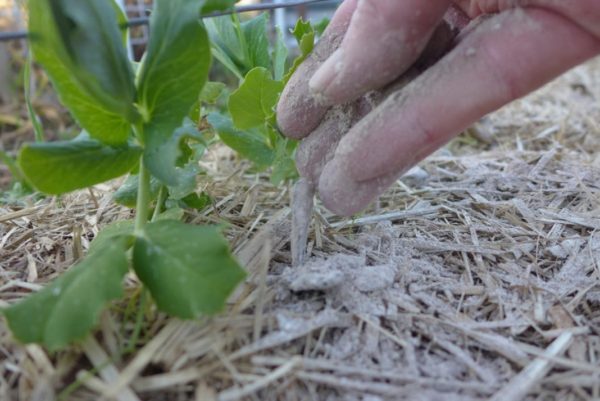Sour soil in the garden - a problem faced by many owners of private houses and cottages. Since this is a favorite breeding ground exclusively for weeds, it is best for cultivated plants to have neutral and slightly acidic soils. But in vain you should not grieve. Usual liming will allow to deoxidize the land plot for several years. And how to do this folk remedies, we will talk later in our article.
Table of contents
The required pH level in the garden
There is a division into acidic, neutral and alkaline soils. The degree of acidity is determined by the pH icon:
- very acidic - pH 3.8-4.0;
- strongly acid - pH 4.1-4.5;
- medium acidic - pH 4.6-5.0;
- subacid - pH 5.1-5.5;
- neutral - pH 5.6-6.9.
It is recommended to make soil liming after lowering the pH limit of 5.5.
What to do with high acidity
Soil deacidification or liming is the only way to reduce the acidity of the soil to the desired level. It is important to make compounds that contain lime.
This technique will reduce the acid balance of the land for several years. If the soil is heavier, this will last longer, if the light is less. Practice shows that deactivation is carried out on peat sites once every three years, on sand sands once every five years, and on loamy ones once every seven years. Moreover, with an increase in the content of humus in the soil, it is possible to increase the content of lime.
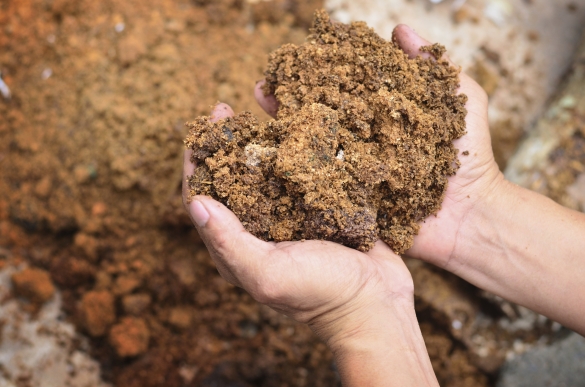
Liming the land
Experts advise to make the liming of the earth in several passes.
During the development of the garden or in the process of deep digging once a couple of years you need to make the bulk of lime in the form of fluff, slaked lime or chalk. Then annually the procedure is repeated, but the concentration of the compositions will be much less.
When the acidity of the garden is uneven, liming the soil can be done zonally - only for those crops that need normal acidity very much. Most often it is solanaceous. If the crop rotation is observed, the whole land plot will have to be processed.
Any composition for liming is scattered as evenly as possible over the section, and then digged up so that the substance is at a depth of 0.2 m from the surface. Moreover, the more uniform the location of the means for deoxidation, the better.
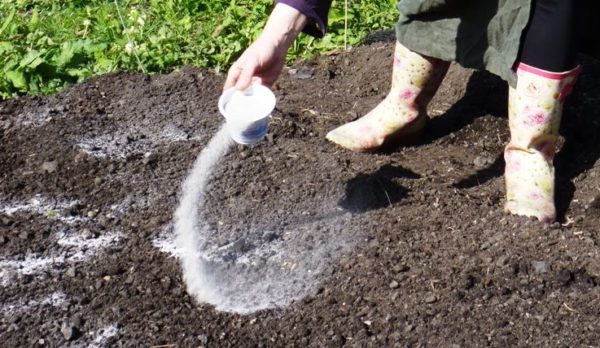
Application of hydrated lime on acidic soil
Slaked lime is considered an excellent deoxidizing agent.Undelayed in this situation is not suitable. Before applying the treatment of lime is extremely important to extinguish it with water. The amount of lime will depend on the level of acidity of the soil in the garden. So:
- for very acidic soil, 50-70 kg of fluff per one hundred square meters of land is required;
- for medium acid soil - 40-45 kg;
- slightly acidic area needs 20-25 kg of composition.
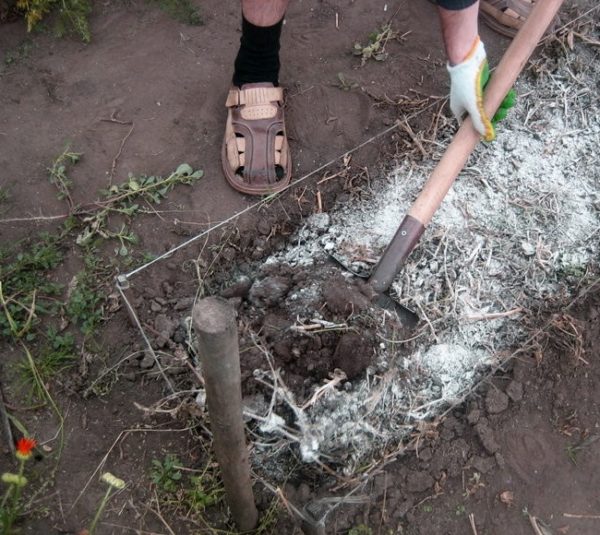
Use of dolomite flour
Before you buy this tool you need to pay attention to the degree of ground flour. Practice shows that the smaller the fraction of the composition, the sooner the desired effect will occur.
The best option would be limestone flour, the moisture content of which does not exceed 1.5%, and 2/3 of the composition of the grains vary in size of 0.25 mm.
The concentration of the drug in 1 square. mgarden for highly oxidized soil is 0.5-0.6 kg, for medium acid - 0.45-0.5 kg, and for slightly acid soil - 0.35-0.4 kg. This information is necessarily indicated on the packaging of dolomite flour by the manufacturer.
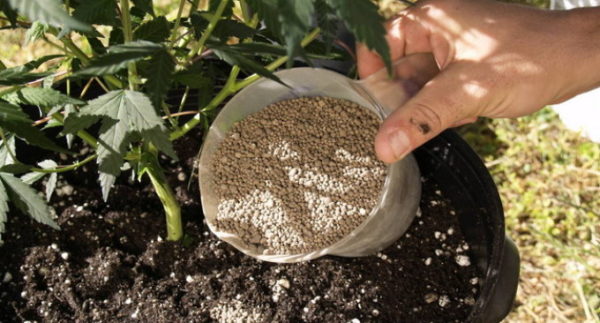
Folk remedy wood ash
Wood ash is a great opportunity to reduce soil acidity. But in this case, there is no replenishment of calcium deficiency in the soil, which certain cultures badly need. This is especially true of the nightshade family.
Calcium deficiency causes top rot, which soon spreads, affects tomatoes and peppers. That is why experts advise the use of ash exclusively in combination with other compounds or preparations.
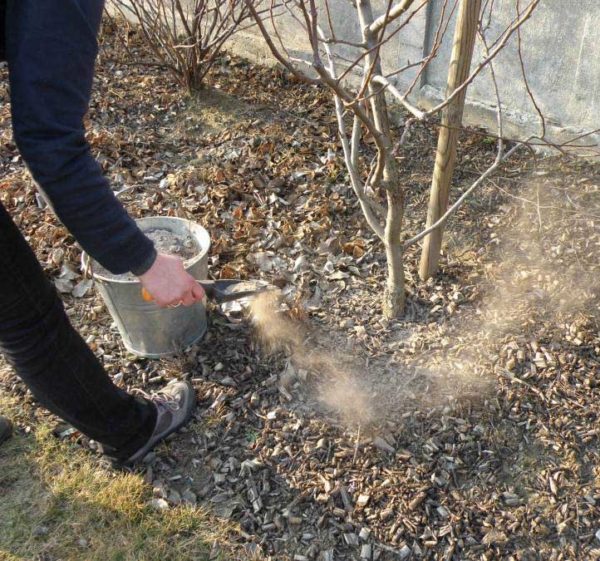
When last year there was already a struggle with excess acidity, and this figure is uneven on the site, the ash will work fine. For re-deoxidation it can be used. In this case, per liter of water accounts for 0.2 kg of ash. This solution should be enough to handle 1 square. m of land.
Mel as a deoxidizer in the country
Crushed chalk refers to calcium-containing compounds that allow to remove the acidity of the soil. It is important to note that the grains in diameter should not be more than one millimeter. Otherwise, the effect of liming will have to wait long.
For particularly acidic soil per 1 square. m is recommended to use about 0.3 kg of chalk, for medium acid - 0.2 kg, for weak acid - 0.1 kg.
After the chalk is evenly distributed over the plot, it is dug up, so the decaying substance will change the soil composition.
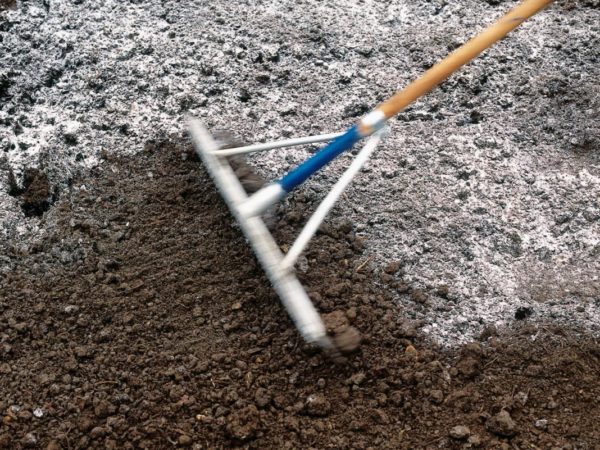
Use of siderates for deoxidation
On the shelves of shops you can find specialized products that allow to deoxidize the soil and at the same time fertilize it. Since they are composed of calcium, magnesium, phosphorus, boron, zinc, copper, manganese and other useful trace elements.
It is recommended to use preparations in late autumn or spring before digging up, placing materials to a depth of 0.2 m. The reaction of the soil will become neutral in just a couple of years.In this case, after the distribution of green manure land is better to water.
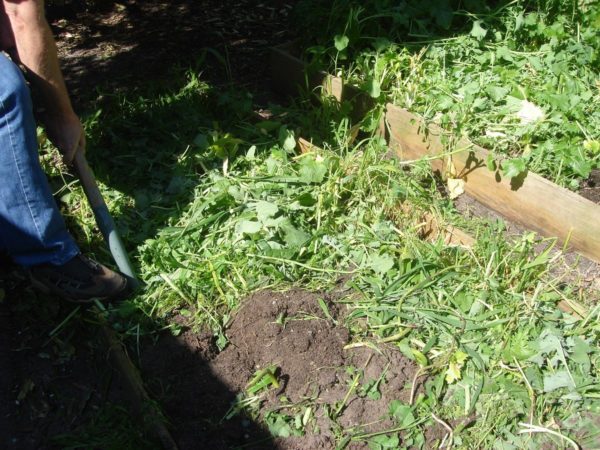
Does the soil always need to reduce acidity
Soil deoxidation is not always necessary. First of all, it is when the pH level is within the normal range. And secondly, when planted on the site of cultivated plants (for example, sorrel) prefer high acidity. From ornamental crops, this applies to rhododendrons, hydrangeas, ferns, silverweed, heathers, lupins, rhubarb, and even wild mint. As for the majority of vegetables, they prefer a slightly acidic and neutral soil rich in useful trace elements.
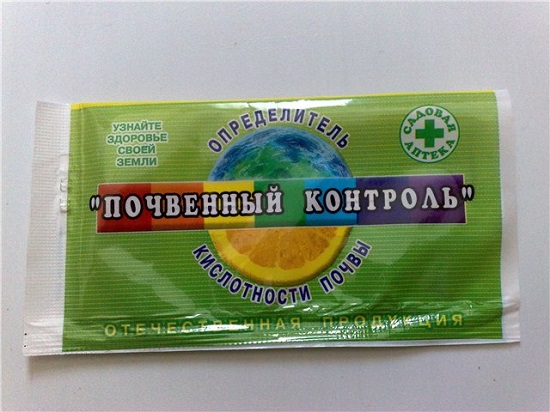
However, everything good should be in moderation and the use of a large amount of lime fertilizer can lead to an excess of calcium in the soil. As a result, root growth is hampered, especially when the root system of a plant is already weak. Plus, even abundant watering and rain will not wash away the calcium.
And then the desire to improve the soil will only lead to the emergence of new problems. This means that it is not worthwhile to strongly deoxidize the soil every year, it is necessary to constantly check the pH level and only if necessary to make liming.
In the process of soil deoxidation, several methods and means listed above can be used simultaneously, and they can even be grouped. It all depends on your wishes and the availability of available tools and materials. Difficulties in principle should not arise. The main thing is not to overdo it with the concentration of lime in the garden. Since their oversupply will adversely affect the cultivated plants that will grow there.
